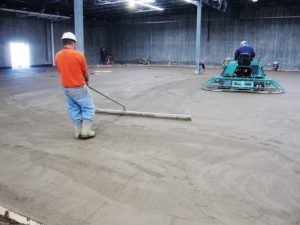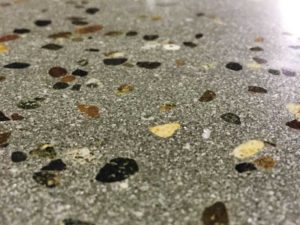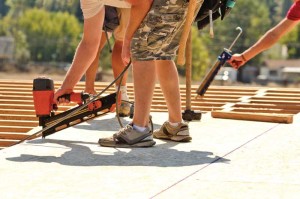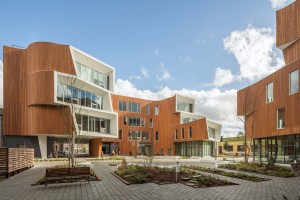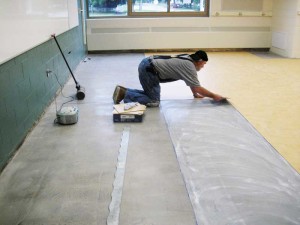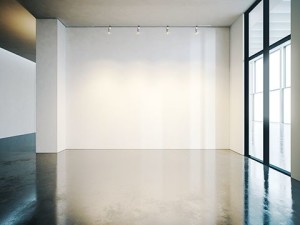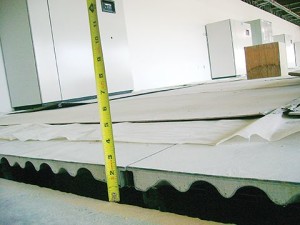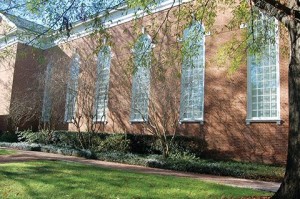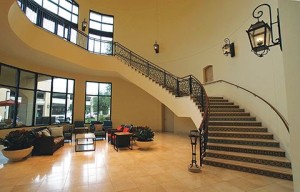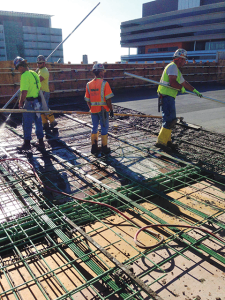One of the biggest mistakes a designer can make when specifying polished concrete slabs is to state, “Concrete for polished concrete, including formwork, reinforcement, concrete materials, mixture design, placement procedures, initial finishing, and curing is specified in Section 03 30 00 Cast-in-Place Concrete.”
+ Read More
|
Projects throughout the United States showcase how construction materials are playing a supporting role in industries where new technology rollouts, tight timelines, and sustainable design are the new norm. Fast-setting, calcium sulfoaluminate (CSA) cement-based products are increasingly the key to achieving demands for both new and renovated construction.
+ Read More
|
Engineered wood products are specified for a wide range of light-frame floor assemblies in light commercial and multi-family construction. I-joists, glued-laminated timber (glulam), rim board, laminated veneer lumber (LVL), laminated strand lumber (LSL), and oriented strand lumber (OSL) are popular due to their availability, precision, strength, and consistent quality.
+ Read More
|
Efficient mechanical systems and a highly insulated and airtight shell are two of the features incorporated into the design of One North in Portland, Oregon. The project is the product of a multi-year collaborative process that looked to contribute to Stumptown’s reputation as a green city.
+ Read More
|
There are two major sources of moisture in fresh concrete—excess mixing water left over after hydration of cement, along with natural groundwater beneath the concrete that moves to the surface by capillary action.
+ Read More
|
Gypsum is a mineral that has been used in building materials for centuries. However, gypsum concrete as an underlayment is still misunderstood despite its growth in popularity over the last 40 years. As a result, several myths about using gypsum in this way have become canonized.
+ Read More
|
Composite steel assemblies are an efficient and popular structural option for floor construction. Figure 1 shows a typical assembly, consisting of a steel beam, metal deck, concrete slab, and shear connectors.
+ Read More
|
When it comes to historic preservation projects, architects and installers can find themselves at a loss. Wood is the most traditional material, but also notoriously unstable. It has a tendency to warp and becomes vulnerable to rot, decay, and insects.
+ Read More
|
Lippage is the vertical displacement between two adjacent tiles of a ceramic, glass, or stone installation. When excessive, this can lead to numerous problems, ranging from chipped edges to snagged furnishings and appliances to safety hazards.
+ Read More
|
As a safety requirement, all exterior concrete surfaces must have a slip-resistant surface. The most common method for this is specifying a ‘broom finish.’ But, is that all there is to it? Specifications must also satisfy owner requirements for appearance, flatness, texture, as well as drainage.
+ Read More
|
|
|


